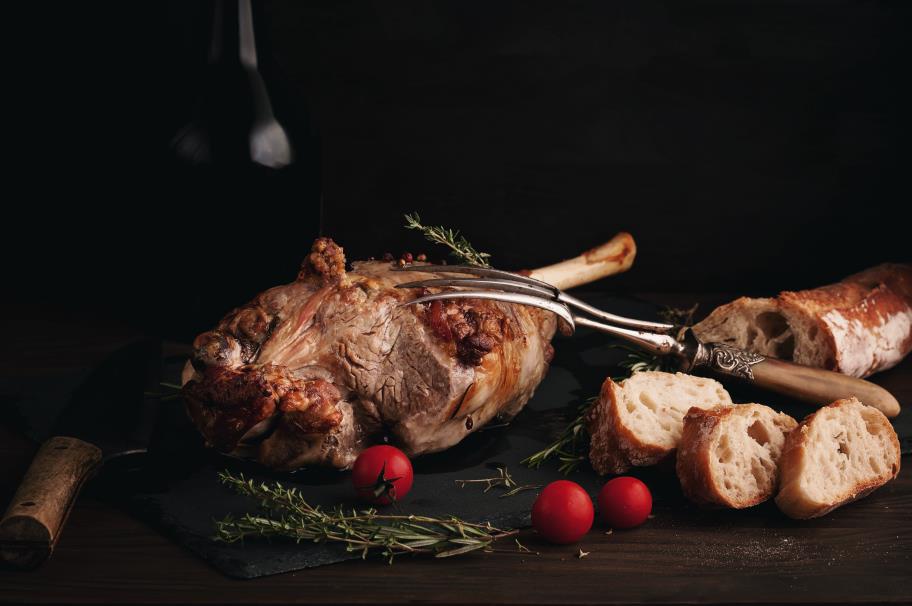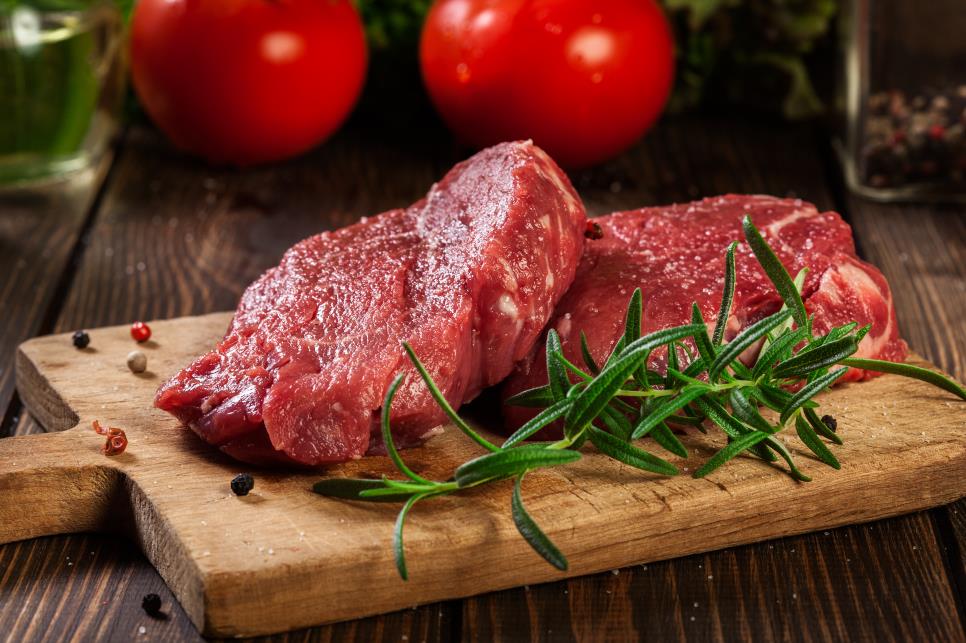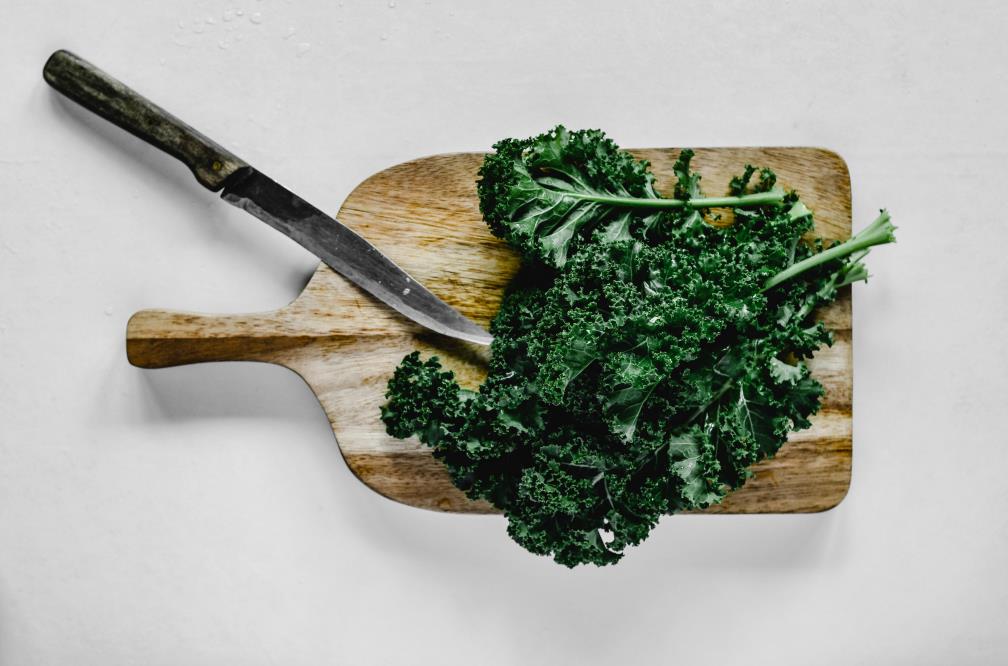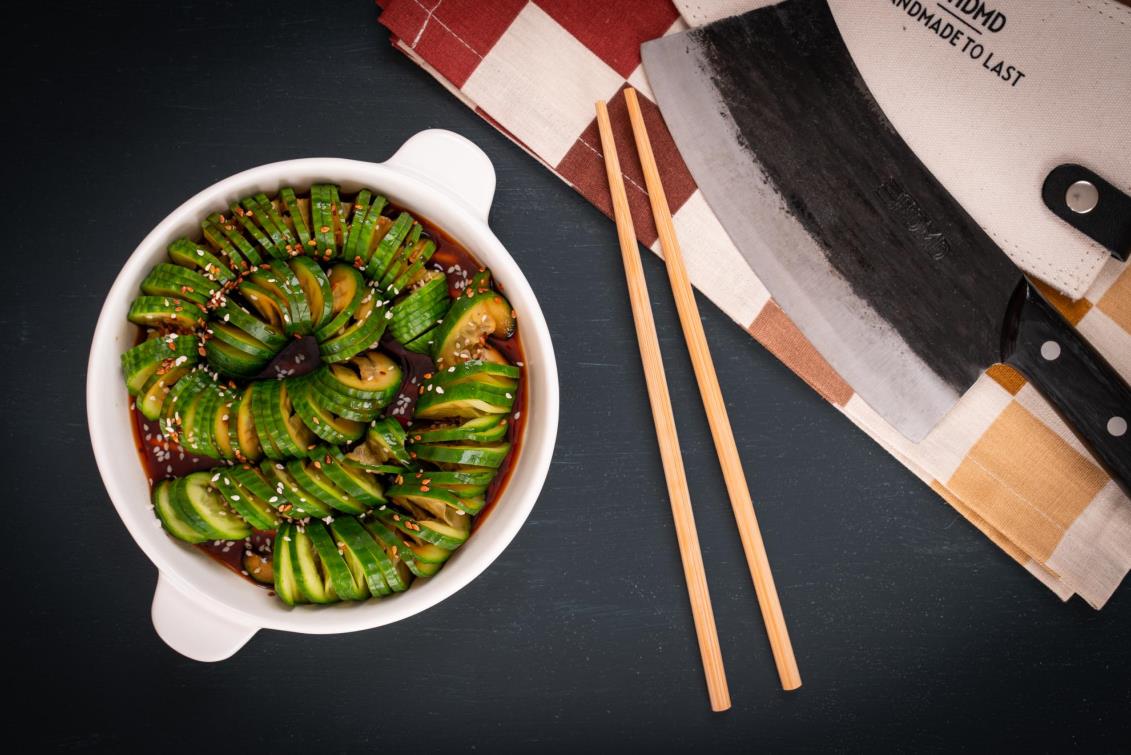Typically served with daikon, sashimi is considered one of the finest dishes in formal Japanese dining. The thinly sliced seafood, often large fish like tuna or salmon, combined with the proper garnishes, make sashimi a great dish to start a course.
Preparing sashimi is relatively easier than sushi and nigiri. It doesn’t take as many steps, but it won’t be as tasty if you’re not slicing the fish correctly. Getting the perfect sashimi is all about the slicing technique that every beginner cook fond of Japanese cuisine must master. This article will go over just that – teach you how to cut fish and other raw meats for sashimi from start to finish.
Table of contents
What is sashimi?
Japan has a prominent culture of fishing, and Sashimi one of the Japanese signature dish. The main ingredient includes sliced raw meat, usually saltwater fish, as they have less risk of carrying parasites. The main ingredient, sliced fish, is served with soy sauce for dipping and garnished with shredded daikon, an Asian white radish. If sashimi is the main course, it’s frequently presented with rice or miso soup in separate bowls.
How is sashimi different from sushi and nigiri?
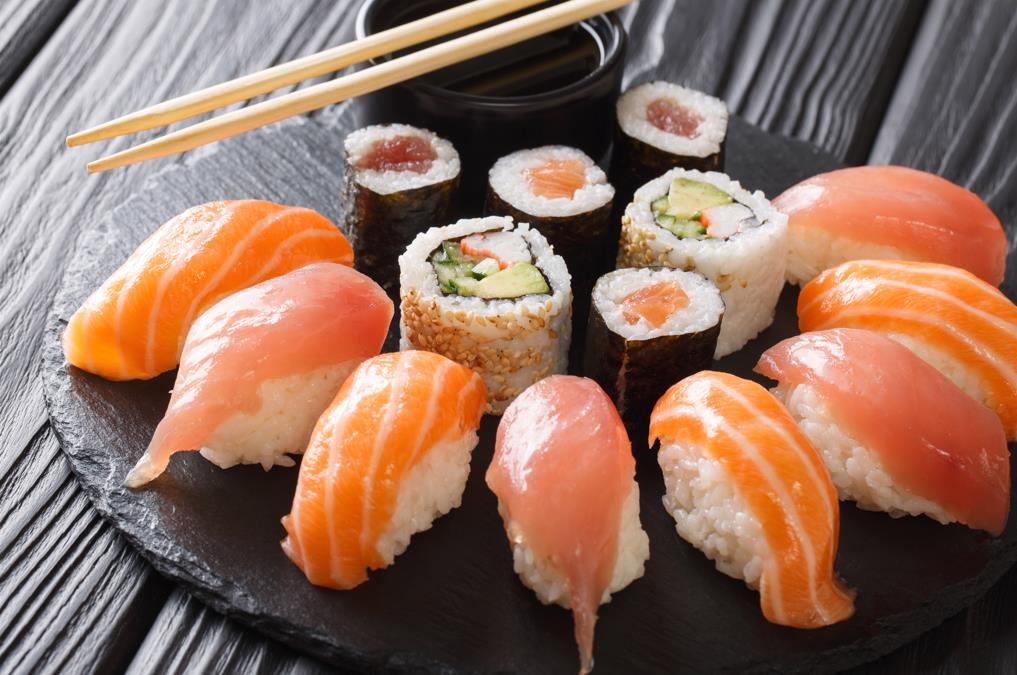
Although all three are similar, sashimi is the most basic. After all, it’s just raw sliced meat, often fish. Sushi and nigiri contain vinegared rice, whereas sashimi is plain sliced raw seafood.
Sushi is vinegared rice topped with cooked or uncooked fish and other fresh ingredients like avocados and cucumber wrapped in dried seaweed- nori. It’s then cut into bite-size pieces and can also be prepared to suit a vegetarian diet.
On the other hand, nigiri is sliced raw fish served on top of vinegared rice. Because of this similarity with sushi, many consider nigiri to be a type of sushi instead of being a dish on its own.
That said, sushi and nigiri have vinegared rice and other ingredients that go into them, and sashimi is only sliced raw seafood, served with soy sauce and shredded daikon as garnish.
How to slice fish for sashimi?
Now comes the critical part. Cutting seafood or other meats for sashimi is somewhat different from sushi and nigiri. As sashimi is basically sliced raw meat, you need to make sure that it is cut correctly to not become chewy in the mouth.
Here is a step-by-step guide on how to cut sashimi.
Best knife to use
As with any other Japanese dish, equipping yourself with specialized knives for the job makes everything a lot easier. This is not any different for sashimi. The best knife to cut sashimi is the Sashimi Bōchō, literally translating to the sashimi knife. It’s similar to Yanagiba, the sushi knife, and Sujihiki, the Japanese slicing knife. Since this Japanese knife is designed to prepare sashimi, it’s the most appropriate one. Learn more about knives for sushi and sujihiki.
If you don’t have a Sashimi Bōchō, using Yanagiba or Sujihiki works just fine, but having any other sharp, narrow blade can work like magic if you don’t have any of these Japanese specialty knives.
Handpicked for you
True cutting power in the palm of your hand
Preparation
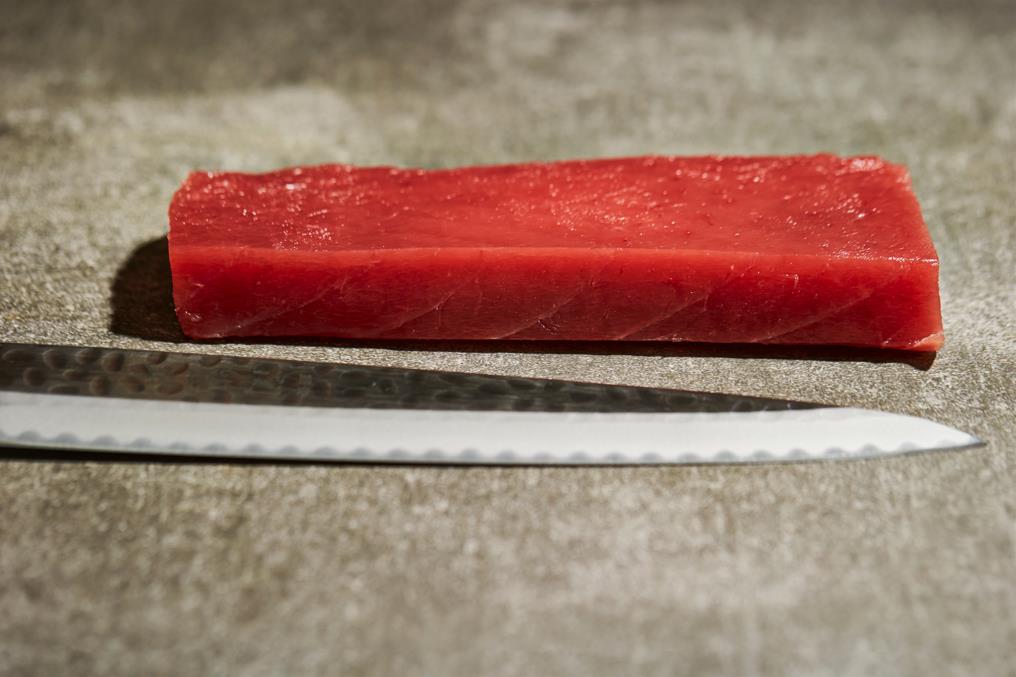
Before diving right into slicing fish or meat for sashimi, you first need to create a smooth fillet about 7 inches long and 2.5 inches wide. The optimal thickness should be about 2 to 3 inches.
If there are any pin bones, use kitchen tweezers to remove them. Then, trim off any excess flesh on the sides to create a beautifully constructed fillet. Whether tuna, salmon, or any other fish, this will allow you to create fine slices.
Pay attention to the grain
Regardless of the cutting technique, it would be best to always slice against the grain. The grain refers to the fibers that run along with the meat. This is the most crucial thing to keep in mind when preparing sashimi and applies to all the following slicing techniques.
Since some fish and meats can have grains that run in different directions in one piece, create your blocks accordingly. Even if it’s a small piece of meat that’s the size of your hand, find where the grains run and transform them into blocks, with each piece having the same grain direction. Due to this, don’t mind the size of the fillet, but it’s best to have a sizeable one.
Now that you have your block of meat, you can start slicing. There are three primary ways to slice fish or other meats for sashimi. Depending on what you serve sashimi with and the plating you have in mind, you can employ the following Japanese cutting styles.
Hira-zukuri
Translating to rectangular slice, hira-zukuri is the most basic and standard method to cut seafood for sashimi. It’s the easiest way and should be achievable with most knives. If you’re afraid that you don’t have the right knife for preparing sashimi, this is perhaps the best way to go about it. Here is how to cut sashimi hira-zukuri way.
- Place the fillet on the cutting board.
- With your knife’s edge utterly straight on the fillet, start making slices, each about half an inch thick.
Many Japanese prefer their slices to stand upright, and the thickness of the cuts should accommodate that. However, do as you wish and desire. The hira-zukuri cutting technique for sashimi is best for salmon, tuna, and kingfish.
Usu-zukuri
Usu-zukuri is very similar to hira-zukuri in terms of shape but much thinner. The goal of the usu-zukuri cutting method for sashimi is to create diagonal cuts that are incredibly thin. That’s why Japanese kitchen knives with thinner blades are preferred for these kinds of intricate work than their western counterparts.
- With the fillet lying on the cutting board, make an initial cut to reveal the meat’s inside.
- Start cutting the fillet, creating slices that are 2mm thick.
- Make your slices slow, but not too slow to the point you’re creating unnecessary friction. Otherwise, the fish may tear up. A thin, razor-sharp blade is always handy for these kinds of slices.
The usu-zukiri is the choice of slicing style when preparing relatively firm white fish for sashimi, like flounder, whiting, haddock, and bream. As this cut is achieved the best with a thin blade, it’s best to use a single bevel Japanese slicing knife.
Sogigiri
Another way to create thin slices for sashimi is the sogigiri cutting style. Translating to shaving cut, sogigiri is a rather different cutting method that requires slicing the fish at an angle. As opposed to cutting vertically, the goal is to have paper-thin slices with more width. Here is how to cut fish sogigiri way.
- Since you’ll slice at a changed angle, it’s best to cut exactly perpendicular to the grain. Locate where the grains run and make an initial cut holding the knife’s edge at a pivoted angle – say 45 degrees.
- Start slicing the fillet following the same angle, with each slice 2mm apart.
- Additionally, you can change the angle when you’re about 4/5 into the portion and finish off with a straight cut. Doing this gives a distinct finish to each piece on one side.
The hira-zukuri, usu-zukuri, and sogigiri are the most common and standardized ways to cut seafood and other raw meats for sashimi. Still, there are other methods, but these aren’t as prevalent.
Other Japanese cutting styles
These cutting techniques include kaku-zukuri and ito-zukuri. The kaku-zukuri basically refers to dicing the main ingredient. Create cubes of sashimi, with each being about 3/4 of an inch thick on all sides. Read more on how to dice ingredients.
As simple as it gets, the ito-zukuri is like julienne. With this cutting style, you cut the fish into extremely fine strips. Each strip should be less than 2mm thick. The ito-zukuri is mainly preferred for squid and garfish. Learn how to master the julienne cut.
Sashimi nutrition facts
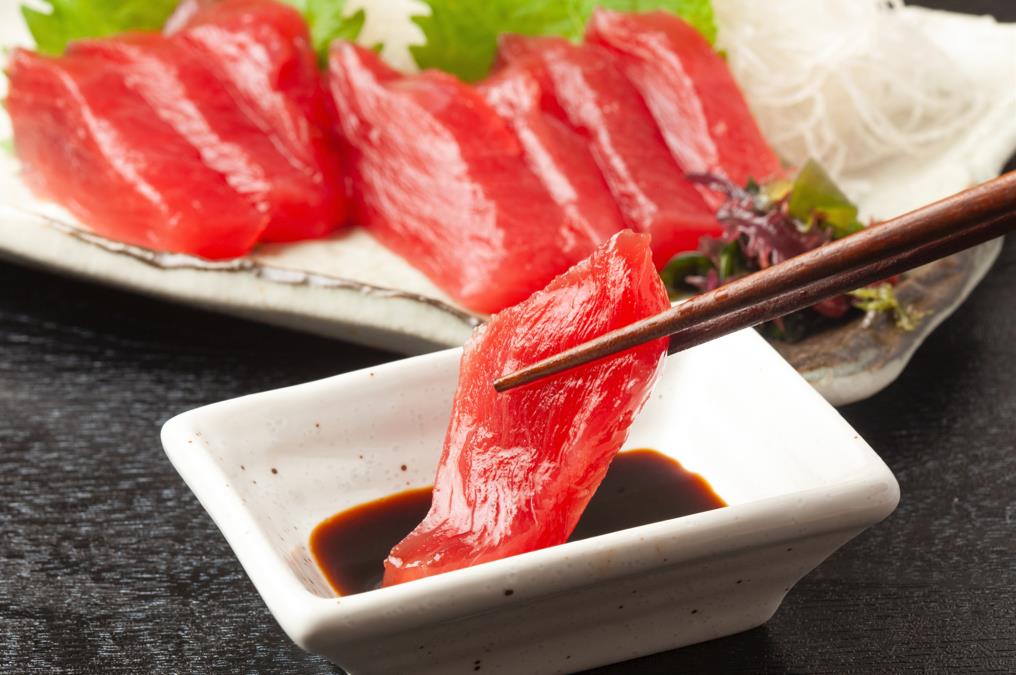
Sashimi is an excellent source of protein that contains zero carbohydrates and has fats that contribute to heart health. It’s also relatively low in calories and provides high amounts of omega-3 fats.
While consuming raw protein can be beneficial for tissue repairing and wound healing, it should be consumed in moderation. The risk that comes with eating raw seafood isn’t something you want to take on every day. Additionally, some fish contain high levels of heavy metals like mercury. These can create health risks, and for these reasons, be mindful about how often you’re eating.
To get the nutritional chart on sashimi, you need to look at the uncooked nutrition facts of the type of meat you’re eating. Different fishes have different nutritional values, so it’s hard to pinpoint precisely the calorie, protein, and other matters in a serving. Nonetheless, expect about 120 calories, 20 grams of protein, 150 grams of sodium, and 5 grams of fat per 100 grams of sashimi.
FAQs
What’s the most popular fish use for sashimi
Pretty much all fish is good for sashimi, but some varieties are sought after more. This includes saltwater fish like salmon, tuna, sea bass and bream, snapper, flounder, and halibut. Since sashimi isn’t just fish, seafood like squid and octopus are also very popular. Nonetheless, any fish with a low risk of carrying parasites is perfect for sashimi.
Can I eat sashimi while pregnant?
Sashimi or any other raw seafood shouldn’t be consumed during pregnancy, according to foodsafety.gov. This also applies to other high-risk people, such as the elderly, young children, and those with chronic conditions. However, this is a somewhat debatable topic as eating raw seafood doesn’t have a negative impact on health while pregnant. Eating sashimi is relatively okay during pregnancy as long as you’re eating at a well-established restaurant and seafood with safe mercury levels. Nonetheless, it might be best to hold raw seafood until birth.
How to store sashimi leftovers?
You don’t need to throw away sashimi leftovers. It’s perfectly fine to store them in the refrigerator to eat later. Cover the sashimi leftovers with plastic wrap and store them in the fridge in an airtight bag. Like fresh fish, sashimi is good in the refrigerator following the proper storage methods after preparation for 24 hours.
Can I get sick from eating sashimi?
You should feel normal after eating sashimi. Like any other dish, sashimi shouldn’t give you symptoms after consumption. If you suspect food poisoning, watch out for fever, upset stomach, blurred vision, vomiting, and dehydration. These are the most common signs of food poisoning after eating bad sashimi or other raw seafood.
Ending
Sashimi is a Japanese dish you can prepare fast and easily. Now that you know how to cut seafood for sashimi, what’s stopping you?! Read more on how to cut other ingredients for different dishes on the HDMD Knives Blog and get yourself equipped with handmade kitchen knives from our collection.







